Best Plants For Low Light Bathroom
Bathroom Plants That Thrive, With or Without Sunlight
It can be a bit difficult to find the right type of plants to grow in a bathroom because most bathrooms are high in humidity and low on light. The good news is, these conditions are perfect for tropical plants as well as many other plants.
Are you looking for bathroom plants that don't need sunlight? Adding flair to your bath is easy when you know which plant works best.
Bathroom Temperature and Humidity
Hot water from the faucet, tub, or shower can cause humidity to rise quickly in the bath. This is ideal for some indoor plants, but not for others.
Amount of Light
Some bathrooms have small windows; some have none at all. In addition, even low light plants need some indirect sun to grow.
If you have no window in your bath, fluorescent grow light works as a great stand-in. Place the light a foot or more away from your bathroom plants to prevent burning.
Where to Place Your Bathroom Plants
If your bath is tiny it can be a challenge to find a place for your new greenery. A great option is to either choose a plant that will grow well in a hanging basket or choose a vining variety that will trail down from a bath shelf.
If you do have a bathroom window, the windowsill will be the best option.
Plants That Grow Well In Indirect or Low Light
Learn about the most popular bathroom plants that don't need sunlight below:
Peace Lily (Spathiphyllum)
This easy-care plant with its glossy, dark green leaves and white, flower-like spathes, grows 1 to 4 ft tall. Peace lilies also remove pollutants from your home's indoor air.
It thrives in low light conditions but needs some indirect light during the day. Display your peace lily away from pets as the leaves are toxic to animals.
Boston Fern (Nephrolepis exaltata)
Boston ferns love cool temps, high humidity, and low, indirect light which is most often found in bathrooms. To increase the humidity, lightly mist your fern weekly. Boston ferns love moisture so always keep the soil damp.
Philodendron (several varieties)
With its lovely heart-shaped leaves, the philodendron is easy-care for even green-thumb challenged folks. This plant easily thrives indoors, year-round.
Philodendrons also love a location with bright, indirect sunlight. Occasionally dust the leaves to assist in light absorption and to keep the plant healthy.
Spider Plant (Chlorophytum comosum)
This unique indoor plant grows off-shoots called spiderettes. Starting as white flowers, these dangle from the main plant similar to spiders hanging on a web.
The spider plant is available in green or variegated varieties, and can easily be propagated by trimming the spiderettes and rooting them in soil. Furthermore, the spider plant removes pollutants from the air, mainly formaldehyde which is in many cleaning products.
For more information on taking care of a spider plant, check out our blog post here.
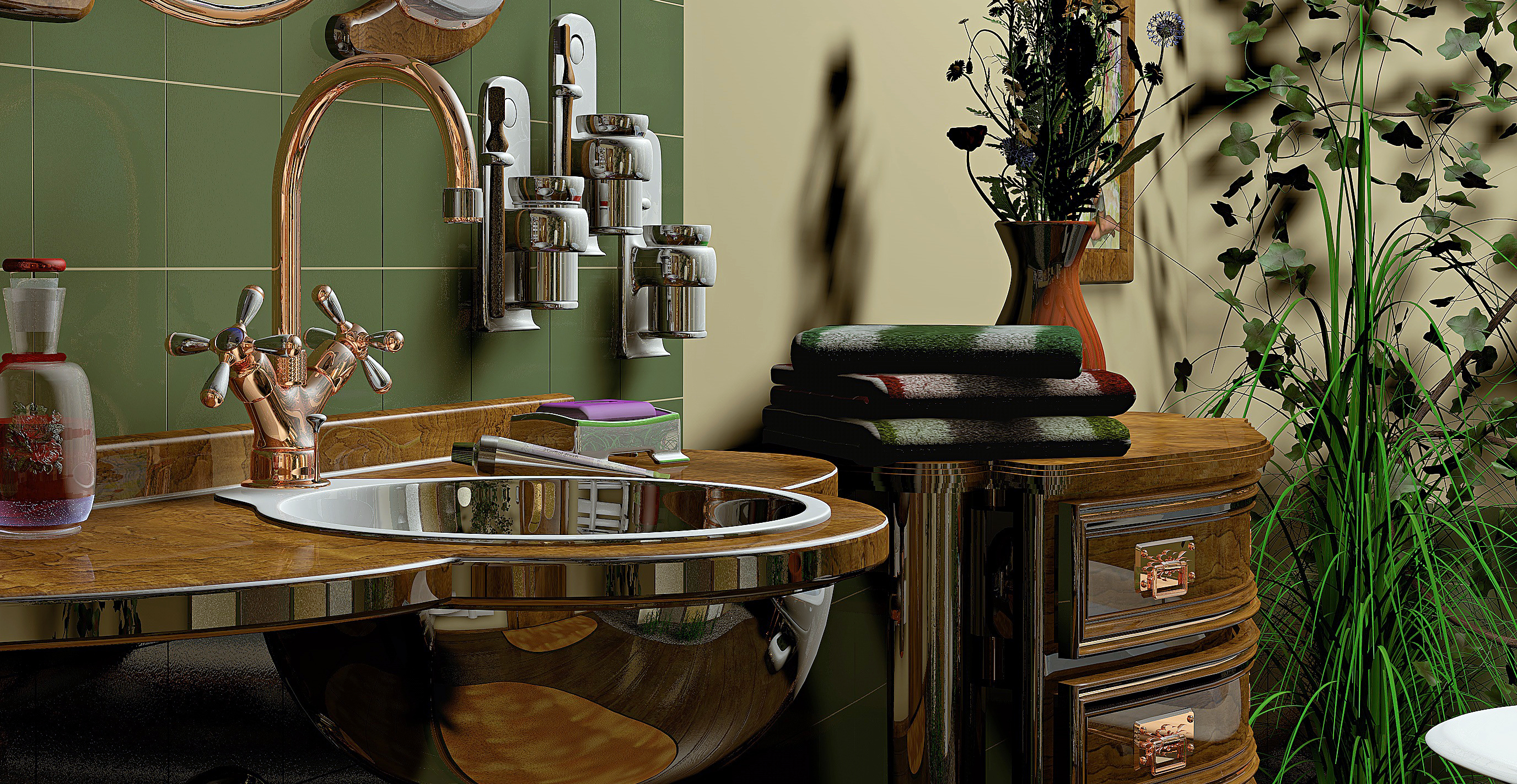
Aloe Vera (Aloe barbadensis miller)
Dubbed the 'plant of immortality' because of its longevity, the aloe vera plant is known to have healing properties. The gel from the leaves helps soothe insect bites, minor cuts, and burns. In addition, aloe vera juice contains healthy vitamins and minerals.
Place your aloe vera plant close to the bathroom window so it will receive needed indirect sunlight.
English Ivy (Hedera helix)
According to NASA studies, English ivy is considered to be one of the best plants for air purification. It can even remove mold spores from the air.
If your bathroom is small, place an English ivy plant on the edge of the tub, in a corner, or in a hanging basket. In addition, this compact, vining plant enjoys the high humidity found in most bathrooms.
Snake Plant (Sansevieria trifasciata)
One of the hardiest house plants, the snake plant is also known as Mother-in-Law's Tongue. The leaves of the snake plant have attractive yellow or white edges.
The snake plant also removes harmful toxins from the air, including formaldehyde. Learn more about the snake plant and other plants that flourish indoors here.
Orchid (several varieties)
To give your bath a tropical, spa-like feel, choose an orchid. Orchids grow best on a windowsill that receives indirect light. True to its natural environment, orchids also thrive on humidity.
Finally, orchid plants are small and thrive sitting on the corner of a tub, next to the sink, or tucked away in an unused corner of the counter.
Want to learn more about decorating a small bath? Click here.
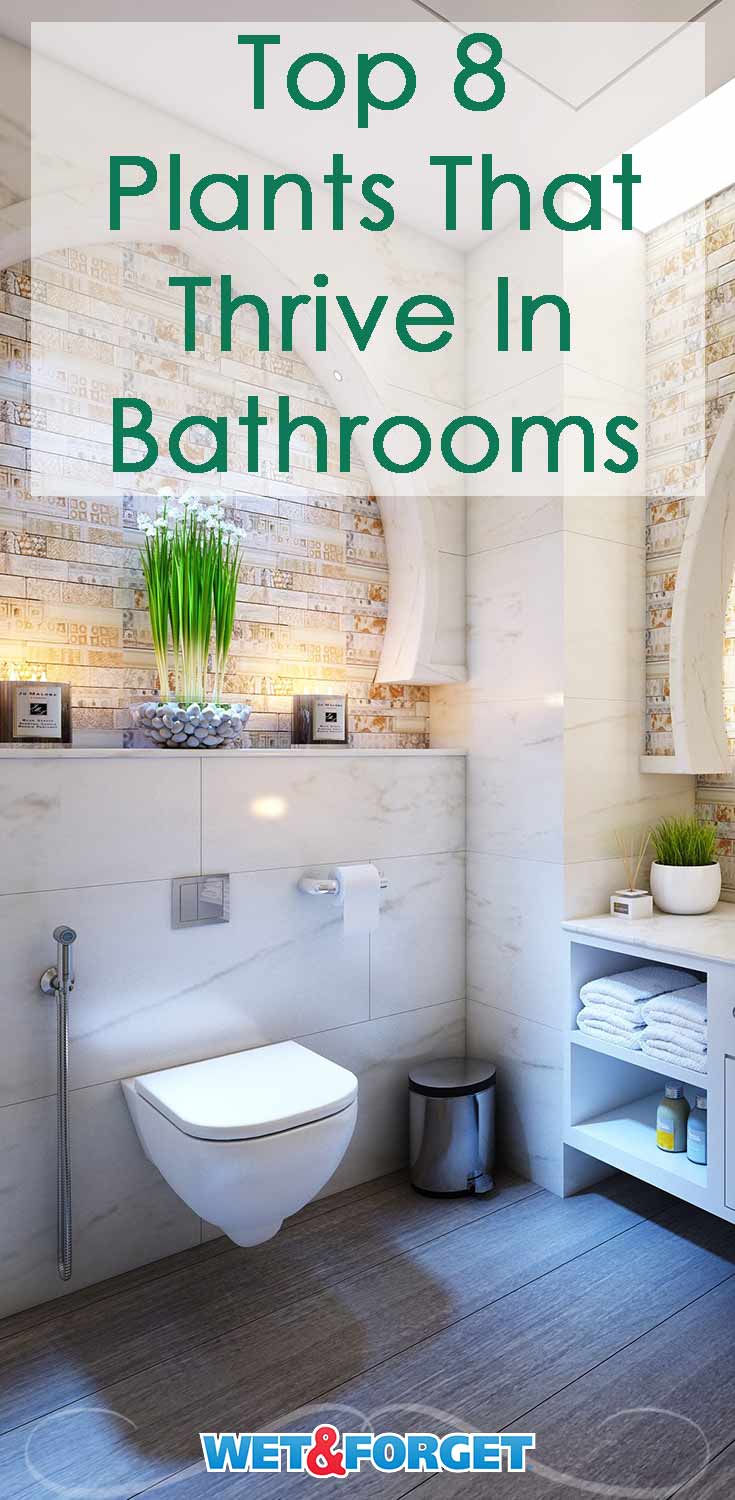

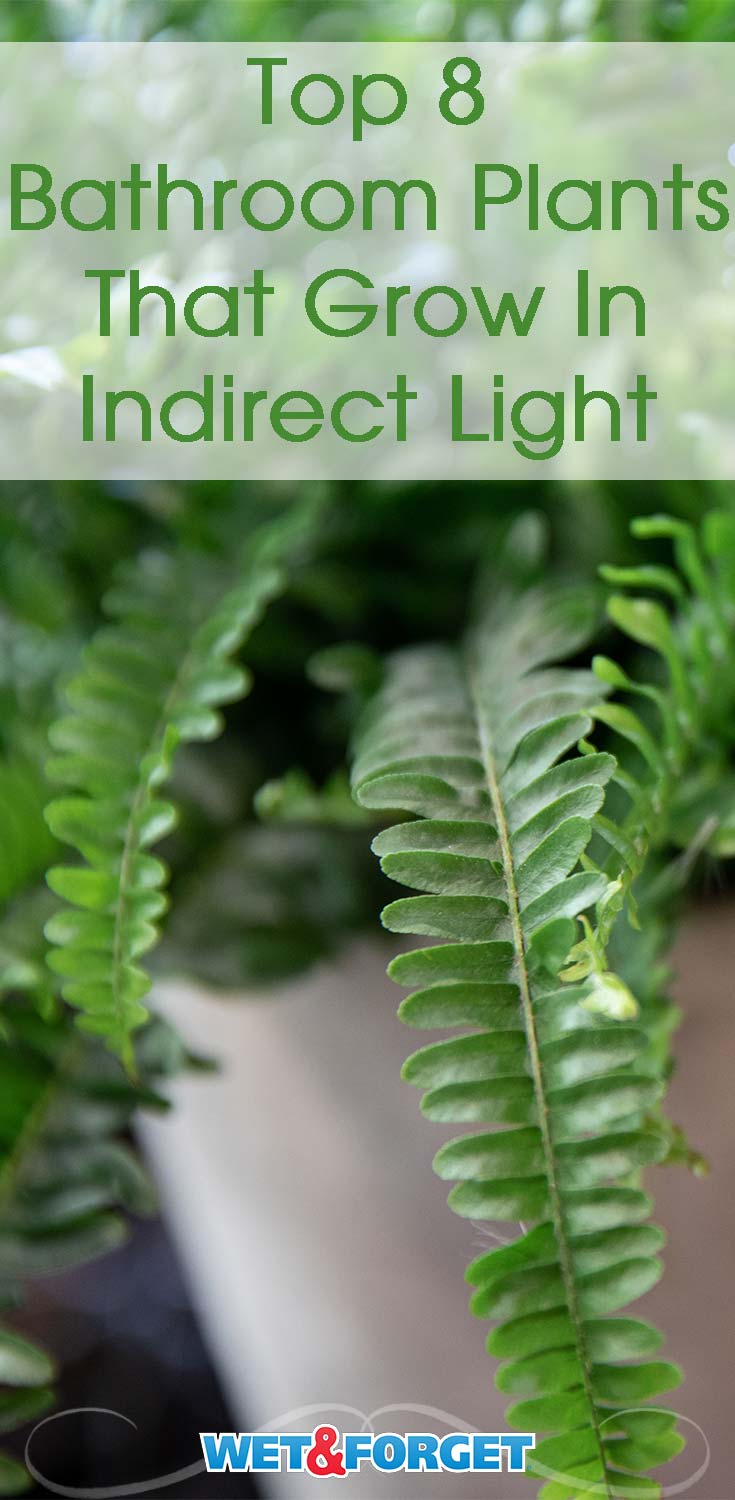
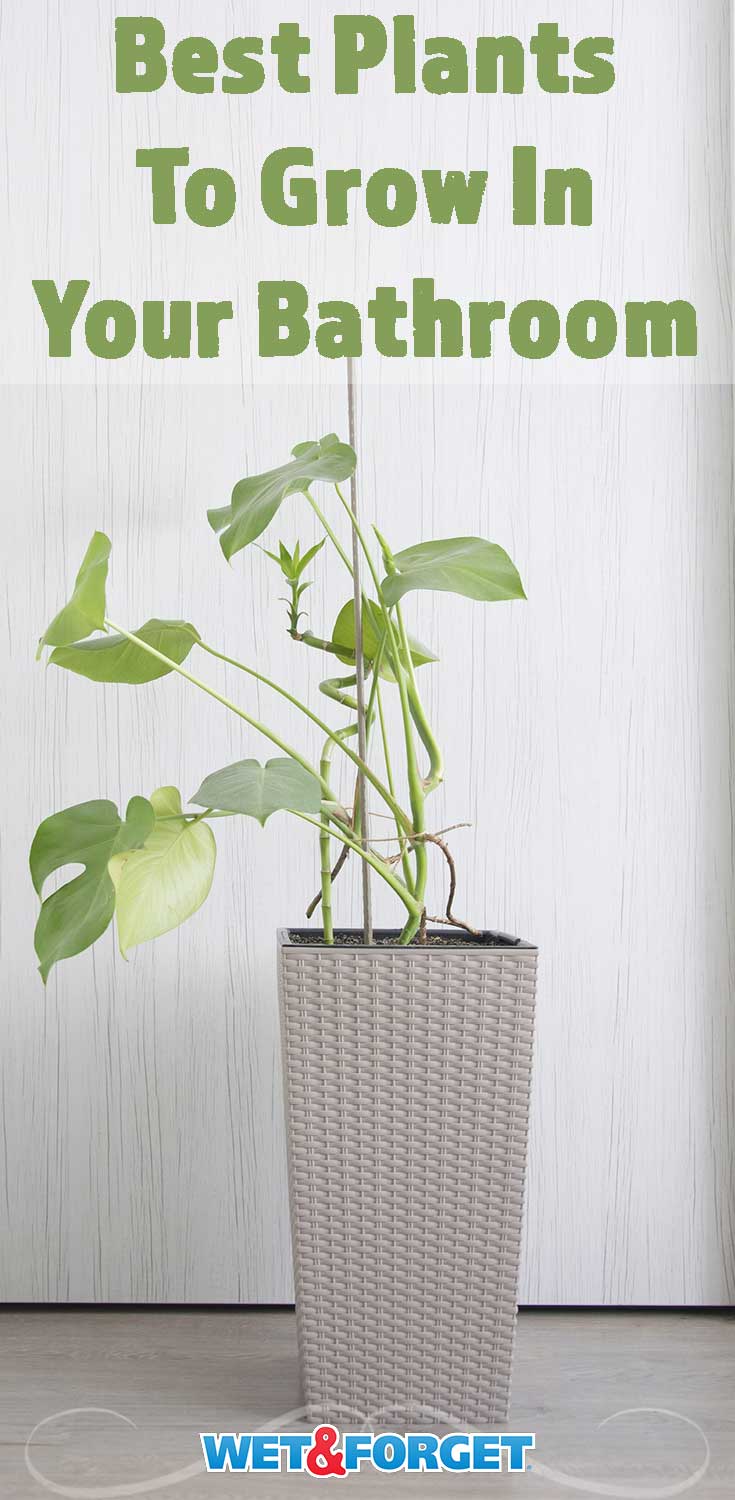
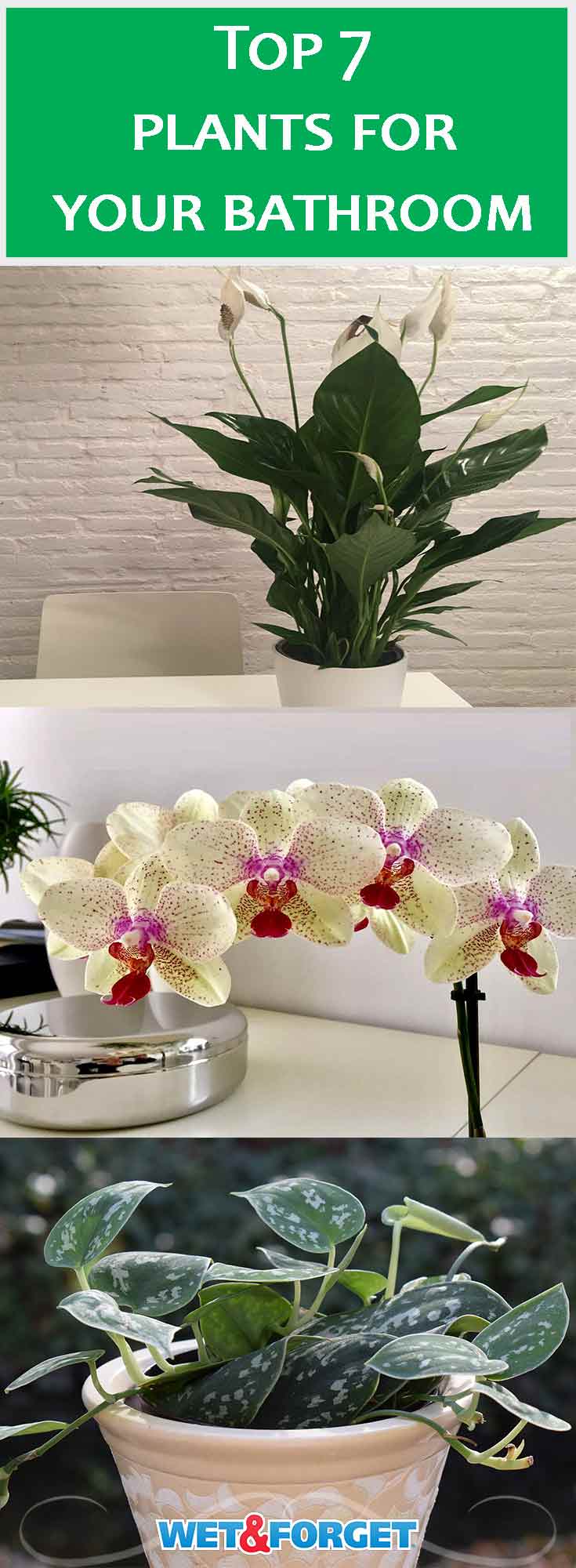
Best Plants For Low Light Bathroom
Source: https://askwetandforget.com/bathroom-plants/

0 komentar:
Posting Komentar